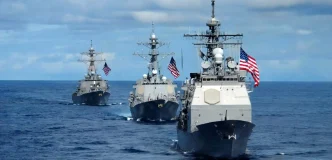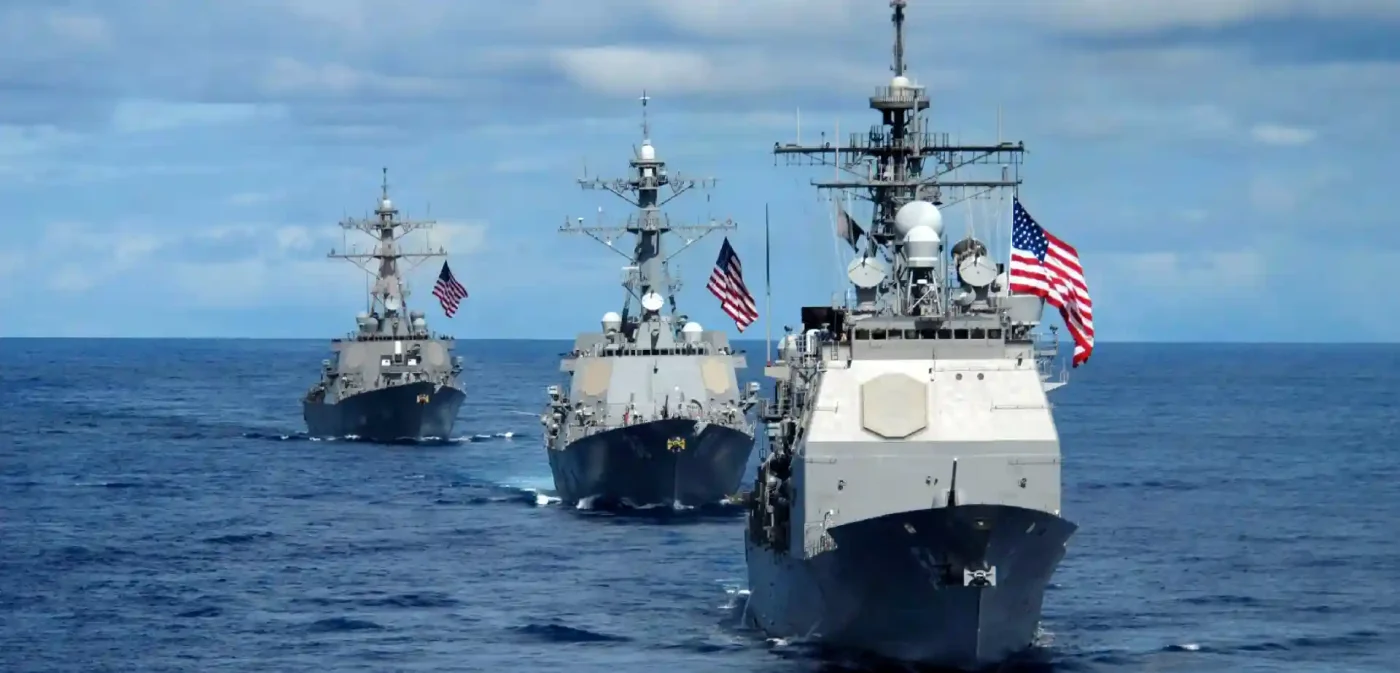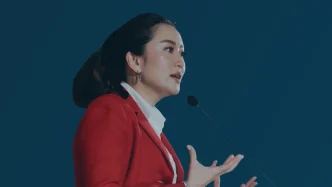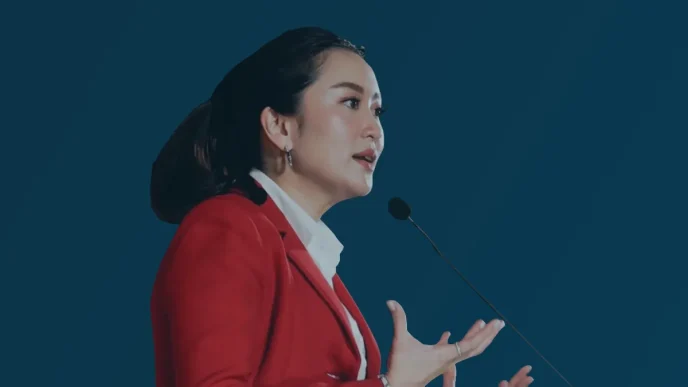At the 46th ASEAN Summit in Kuala Lumpur on May 26, 2025, Philippine President Ferdinand Marcos Jr. made a compelling case for the urgent adoption of a legally binding code of conduct in the South China Sea, a region fraught with territorial disputes and escalating geopolitical tensions. His call, delivered during the summit’s plenary session, underscored the need to safeguard maritime rights and prevent conflicts in one of the world’s most contested waterways.
Urgent Appeal for Stability
President Marcos emphasized the critical importance of accelerating negotiations for the Code of Conduct on the South China Sea, a framework long in discussion but yet to be finalized. “We underscore the urgent need to accelerate the adoption of a legally binding code of conduct in the South China Sea” he stated, highlighting its potential to “safeguard maritime rights, promote stability, and prevent miscalculations at sea.” The Philippines aims to see this agreement signed by 2026, a timeline that reflects the growing urgency of the situation.
The South China Sea, a vital artery for global trade and rich in natural resources, remains a flashpoint for regional and international powers. China claims nearly the entire waterway under its controversial nine-dash-line policy, a stance rejected by an international arbitral ruling in 2016 in favor of the Philippines. Despite the legal victory, Beijing has refused to acknowledge the decision, continuing to assert dominance through military presence and aggressive encounters with neighboring states.
Marcos warned that geopolitical tensions in the region “have the potential to disrupt our communities, supply chains, and remove our hard-earned progress.” His remarks resonate with the broader concerns of ASEAN member states, many of whom face overlapping claims in the South China Sea, including Brunei, Indonesia, Malaysia, and Vietnam, alongside Taiwan.
Recent Aggression Fuels Concerns
The timing of Marcos’ plea is no coincidence. Just days before the summit, on May 23, 2025, a Philippine vessel faced a hostile encounter with the China Coast Guard in the West Philippine Sea, the portion of the South China Sea within Manila’s exclusive economic zone. According to reports, a China Coast Guard ship, identified as vessel 21559, used water cannons and sideswiped the Bureau of Fisheries and Aquatic Resources’ MMOV 3302 (BRP Datu Sanday) near Pag-asa Cay 2 during a marine scientific survey. The incident caused damage to the Philippine vessel’s port bow and smokestack, further straining bilateral relations.
Such actions are not isolated. Over the past decade, the Philippines has documented numerous confrontations involving Chinese vessels, ranging from blockades of resupply missions to Filipino outposts to the use of floating barriers and military-grade lasers. These incidents have heightened fears of a broader conflict, prompting Manila to seek stronger regional and international support.
In his address, Marcos refrained from directly naming China but left little doubt about the source of the tensions. His call for “deeper regional cooperation to address these emerging and transboundary challenges” signals a push for ASEAN unity in the face of external pressures. “By working together, strengthening our institutions, and building the resilience and capacities of our people, we can better navigate this increasingly uncertain future” he added.
A Long Road to a Code of Conduct
The idea of a Code of Conduct for the South China Sea has been on the table for over two decades, with ASEAN and China agreeing to a non-binding Declaration on the Conduct of Parties in 2002. However, progress toward a legally binding framework has been glacial, hampered by disagreements over scope, enforcement mechanisms, and China’s reluctance to accept constraints on its actions. Analysts note that while Beijing has engaged in negotiations, it often uses the process to delay meaningful commitments, maintaining its strategic advantage in the region.
Outgoing Philippine Foreign Secretary Enrique Manalo has echoed Marcos’ urgency, stating that Manila will intensify efforts to finalize the code by 2026. This target, while ambitious, reflects a growing consensus among ASEAN nations that the status quo is unsustainable. Yet, challenges remain. Some member states, wary of antagonizing China due to economic dependencies, have been hesitant to push for a robust agreement. Cambodia and Laos, for instance, have historically aligned more closely with Beijing, complicating ASEAN’s ability to present a united front.
For the Philippines, the code represents more than a diplomatic tool; it is a lifeline for protecting national interests. The West Philippine Sea is not only a source of fish and potential energy reserves but also a symbol of sovereignty. Losing ground here risks undermining public confidence in the government’s ability to defend its territory.
Broader Implications for ASEAN and Beyond
Marcos’ advocacy at the ASEAN Summit also ties into his broader vision for a rules-based international order, a theme he reiterated in his departure speech before heading to Kuala Lumpur. “I will continue to champion our advocacies in promoting an open, an inclusive, and rules-based international order, and for the peaceful resolution of disputes in accordance with international law” he declared. This stance aligns with the Philippines’ efforts to strengthen alliances with like-minded nations, including the United States, Japan, and Australia, all of whom have expressed concern over China’s actions in the South China Sea.
The United States, in particular, has ramped up its military presence in the region through joint exercises with the Philippines under the Enhanced Defense Cooperation Agreement. Recent agreements to expand American access to Philippine bases have drawn criticism from Beijing, which views such moves as provocative. Meanwhile, Japan and Australia have provided maritime security assistance, including patrol boats and training, to bolster Manila’s capabilities.
Yet, reliance on external powers carries risks for ASEAN. The bloc has long prided itself on maintaining strategic autonomy, avoiding entanglement in great power rivalries. Marcos’ push for a code of conduct can be seen as an attempt to reassert ASEAN centrality in resolving regional disputes, even as external actors play an increasingly visible role.
Public Sentiment and Domestic Stakes
Back home, Marcos’ stance on the South China Sea resonates strongly with Filipinos, many of whom view China’s actions as a direct threat to national pride and livelihoods. Fishermen in coastal communities, particularly those near disputed areas like Scarborough Shoal, have repeatedly reported harassment by Chinese vessels, limiting their access to traditional fishing grounds. The economic impact is tangible, with losses estimated in the millions of dollars annually, though exact figures vary.
Public opinion, as reflected in social media discussions and local news coverage, largely supports a firm stance against China. However, there is also skepticism about the government’s ability to translate rhetoric into results. Past administrations have oscillated between confrontation and accommodation with Beijing, often leaving citizens frustrated by perceived inconsistencies. Marcos, who has taken a more assertive approach than his predecessor, faces pressure to deliver tangible outcomes, whether through the code of conduct or enhanced maritime defenses.
Looking Ahead: Challenges and Opportunities
As the ASEAN Summit continues, the South China Sea issue is likely to remain a focal point of discussions. While Marcos’ call for a legally binding code of conduct has garnered attention, translating this momentum into a concrete agreement will require deft diplomacy and sustained pressure on all parties, including China. If successful, the code could serve as a model for managing other regional disputes, reinforcing ASEAN’s role as a stabilizing force.
Yet, the path forward is fraught with uncertainty. Should negotiations stall or incidents at sea escalate, the risk of miscalculation looms large. For now, the Philippines stands at a crossroads, balancing the pursuit of regional consensus with the need to protect its sovereign rights. As Marcos and his counterparts navigate these choppy waters, the stakes for Southeast Asia—and the broader Indo-Pacific—could not be higher.
With the 2026 target in sight, the question remains whether ASEAN can unite to turn a long-standing aspiration into a reality, or if the South China Sea will continue to be a theater of tension and unresolved claims.
















